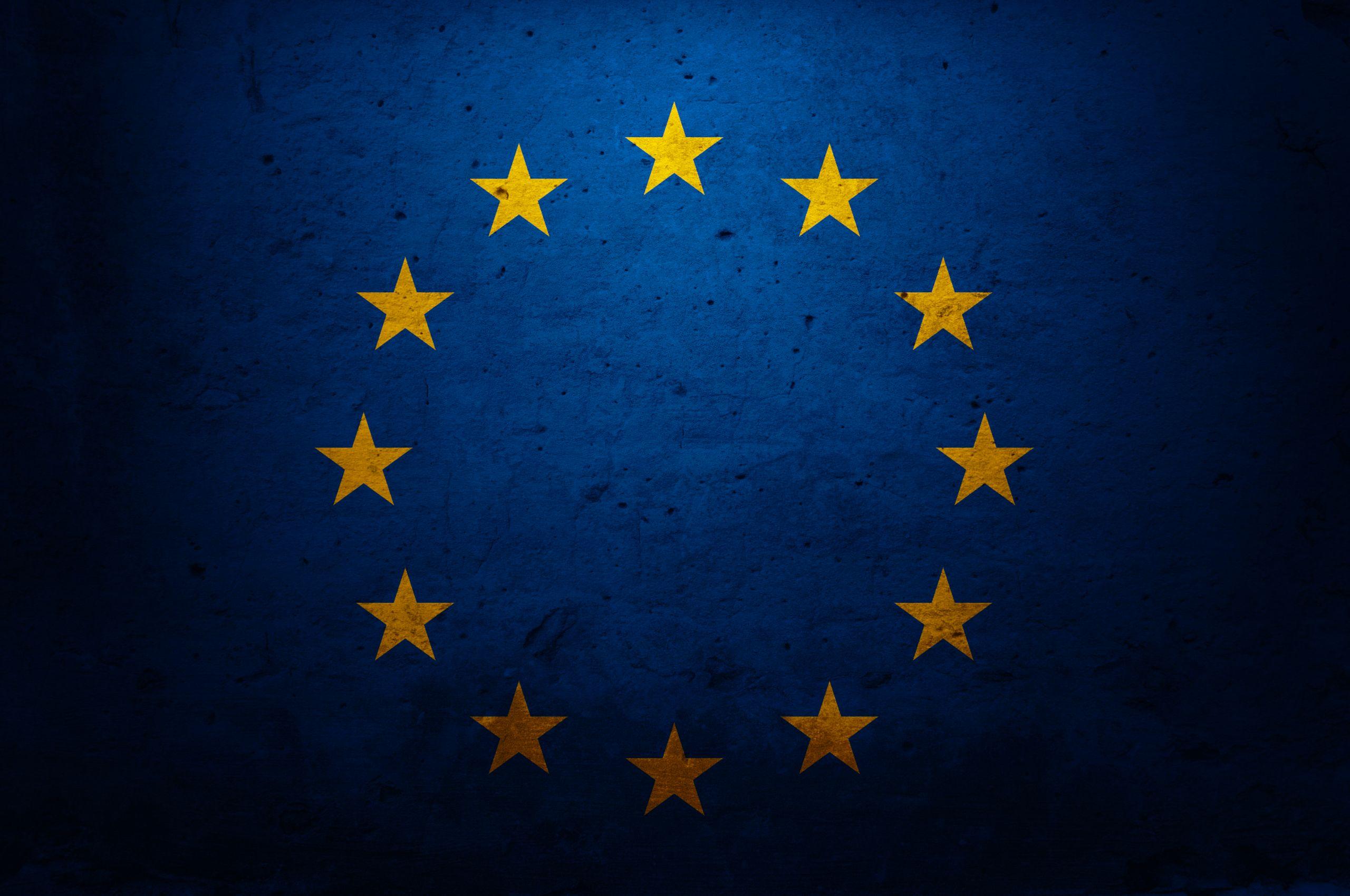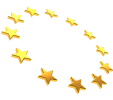MONS, Belgium — Framed by flag-bearers representing every NATO ally, the world’s largest military alliance handed oversight of its military planning to U.S. General Christopher Cavoli on Monday, marking a change in leadership at a time of dramatic reinvention.
In response to Russia’s troops brutalizing their way through Ukraine, NATO has agreed to completely overhaul its defensive posture, aiming to tap over 300,000 troops for high readiness and possible swift deployment.
Now, Cavoli, as NATO’s new supreme allied commander Europe — one of the alliance’s highest-ranking officials — must help figure out how to make that happen, all while folding in two new members, Finland and Sweden. He’ll also lead all U.S. forces in Europe.
Cavoli was officially inaugurated during a brief ceremony on the lawn of a military base in southern Belgium, where a band trumpeted the ascension.
“We are together now facing the great challenges on this continent,” Cavoli told a crowd of senior military and civilian officials. “We will march together into a beautiful future of peace and prosperity for all of us.”
The paeans to unity were twinned with praise and retirement ribbing for Cavoli’s predecessor, U.S. Air Force General Tod Wolters.
“You truly are a 21st-century commander who has put in place a comprehensive and integrated war prevention strategy that makes our alliance stronger and more agile,” NATO Secretary-General Jens Stoltenberg told Wolters during the ceremony.
And, Stoltenberg added playfully, Wolters can now “indulge” his “sporting passions — golf and the Dallas Cowboys.”
Wolters, who took over as supreme allied commander in 2019 and has served in the military for 40 years, thanked his colleagues and family. He also had a new task on his mind, joking he is “very, very excited about continuing to brainwash my grandkids” to serve in the military.
Cavoli, who most recently served as commanding general of U.S. Army Europe and Africa, is highly familiar with Europe: He was born to an American military family in Germany and grew up in Italy. He also speaks Russian and was director of Russia at the U.S. military’s headquarters just outside Washington.
“You have a lifelong connection to Europe,” Stoltenberg told Cavoli.
And, Stoltenberg added, Cavoli is coming in “at a turning point for transatlantic security, marked by rising strategic competition and the return of brutal war in Europe.”
At a summit last week in Madrid, NATO leaders approved a massive revamp of its defenses, agreeing to place more weapons and structures along its eastern front near Russia, as well as drastically raise the number of troops that can be quickly deployed. They also formally invited Finland and Sweden to join the alliance and signed off on a new long-term plan that names Russia as the top threat to allies.
Now, Cavoli will work to implement those decisions.
“The summit basically has reaffirmed all the work that is ongoing for the last four years in the military headquarters,” said Admiral Rob Bauer, NATO’s top military official.
Speaking to POLITICO following the ceremony, Bauer — who chairs the alliance’s military committee — said the new regional plans are set to be in place by mid-2023.
These plans, according to the admiral, lay out “what capabilities, and what troops, and what command and control structure and what force model we need to have to successfully deter and defend against the two threats — which is Russia and the international terror groups.”
The admiral acknowledged that the process is complex.
“Of course, the challenge will be to make sure that the things we are planning is coming to life, to fruition,” he said. This “will always lead to a little bit of friction, because it is an additional effort that the nations will have to make to come up with a larger number of forces.”
But the changes are necessary, he insisted, “because we all agree that the threat has gone up.”
Cavoli will work with other top officials in the coming months on the plans to integrate the incoming members and deter Russia. They will also test out those plans.
“I’m convinced we will do more exercises, larger exercises,” Bauer said. It’s all part of showing Russia “that we are ready, so that it is not only a plan, but actually that they will see us exercise,” he added.
Bringing Finland and Sweden into NATO will give the alliance two modern, well-trained militaries, but also open up a new potential front with Russia, which has already warned that it will respond if NATO places troops and infrastructure in either country.
“We get a longer border with Russia with more troops of Finland and Sweden,” Bauer said. “But for the Russians, it is a longer border without more troops. For them, I would say the challenge is bigger.”




